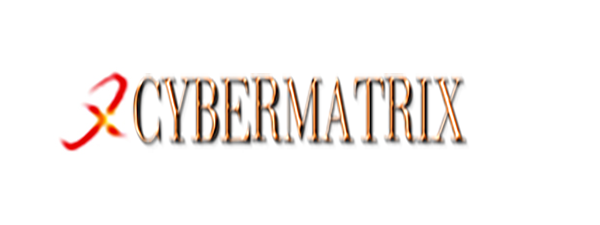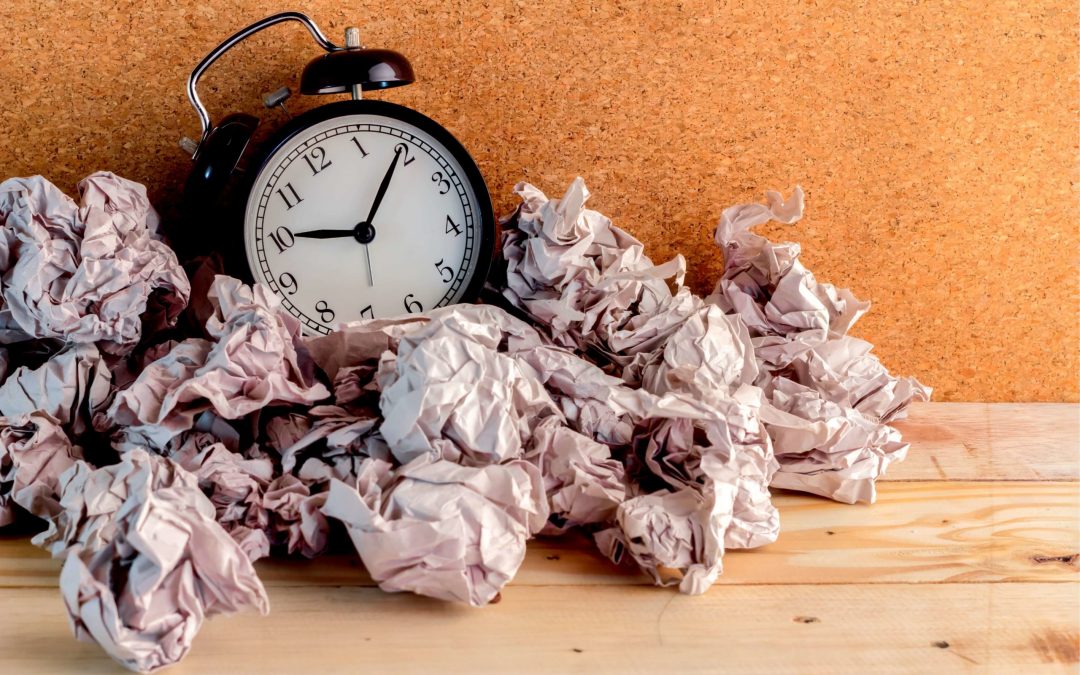Chances are, you’re already aware of the most common productivity traps: spending a little too much time scrolling through social media, watching just “one more” episode of the Netflix show you’re binging, overbooking yourself with too many meetings and trying to tackle several tasks at one time.
But what you might not be aware of are the more nuanced time-sucks that can completely refine our overall efficiency. And what’s worse, most of us don’t even realize when we’re working against ourselves, which is what makes these traps productivity blind spots.
You may be thinking: if they’re blind spots, how will I know what they are? Don’t panic – we’ve outlined the most common productivity blind spots that everyone should be aware of and how to remedy them to avoid getting stuck in a never-ending procrastination cycle.
1. DON’T FEED THE TIME GOBBLER

When we’re pressed for time, it’s tempting to put off small or non-timely tasks. We tell ourselves we’ll answer that email when we have more time, for example. But the truth is, we’re really just creating a bigger problem for ourselves in the future.
Think of it this way: You could spend a few moments washing that dirty dish right now or you could tell yourself you’re tired and will get to it later, letting more and more dishes collect in the sink until you’ve got a huge, heaping pile of work on your hands. A task that would have taken less than a minute is now going to eat up a good chunk of your time.
The same is true for small tasks, whether it be for work or your personal life. By ignoring them, you’re just feeding a monster — a time gobbler, if you will. Unfortunately, many of us actually think we’re being efficient by doing this, making this a big productivity blind spot. Enter, the two-minute rule.
This popular productivity rule says if you can complete the task in two minutes or less, do it now. The logic is that knocking it out on the spot actually takes less time than having to come back and reorient yourself with it later.
To put that into an even bigger perspective, two minutes is about how long each of us sits at a red light. Sitting through them feels automatic, yet the average driver sits through nearly 60 hours of red lights per year. If we tried to tackle that all at once, it definitely would not feel automatic.
By getting into the habit of treating quick tasks like red lights — a small but necessary part of life — you’ll keep your overall workflow running much smoother.
2. CLEAR THE CLUTTER

With more than 300,000 items found in the average American home (yes, really), clutter has become an accepted part of most of our lives. Picture all of the clutter in your house or office right now. Yes, everything from today’s stack of junk mail and the filing cabinet full of documents you haven’t looked at in months to scattered tchotchkes and that letterpress calendar on the wall doubling as art. We’ve all been guilty at some point of hanging on to too many things for just too long.
But beyond being frustrating to look at or workaround (how often are you combing through stacks of paper to find one specific document?), clutter in your environment is directly related to stress and anxiety. Further, research tells us that clutter around you actually competes for your attention, which tends to affect your ability to focus and process information, hindering your productivity.
Our favorite motto for dealing with clutter is to ditch it, deal with it or digitize it. Let’s break that down further. Ditch it applies to any kind of clutter that you can immediately toss, recycle or donate, such as junk mail, books you’ve already read (or never will read) and gadgets that don’t work.
This is a good habit to keep up with moving forward – comb through your drawers and nooks every month or so to ditch any paper products that are no longer needed.

Deal with it applies to the clutter that requires some action like an unpaid bill, an invitation to a wedding or party, or a bag of clothes you’ve been meaning to donate. This goes back to the two-minute rule – if you can deal with it in under two minutes, do it now. Pay the bill, RSVP to the party and throw the bag of clothes into your car – get it out of sight and out of mind.
And finally, digitize it is specific to paper clutter. Maybe it’s something that you can’t just toss, yet it requires no immediate action like business cards, official paperwork or a recipe that caught your eye in a magazine. Very few original hard copies need to actually be kept, outside of your birth certificate and social security card – so why not upload them to the cloud?
Once you’ve scanned and uploaded your papers, you’re free to shred and get rid of that physical clutter. An easy and convenient tool to help you upload files is the ScanSnap iX1500 , which scans and stores files directly to a cloud service and also includes receipt and document management apps. For small spaces or on-the-go scanning, we’d recommend the ScanSnap iX100 .
3. TAKE A STAND, LITERALLY

Have you ever walked away from a meeting at work, grumbling with coworkers that it could have been an email? You might not be able to tell your boss to nix these meetings altogether, but you can offer solutions to reduce the duration of said meetings, wasting less of your time and creating a more efficient working environment overall.
This may seem silly at first but consider stand-up meetings. A stand-up meeting (or simply “stand-up”) is a meeting in which all attendees typically participate while standing rather than sitting. The idea behind these meetings is that the discomfort of standing for long periods is intended to keep the meetings short, sweet and to the point.
Need more evidence for why this works? Researchers at San Francisco State University found that standing (or even just sitting up straight) makes it easier for people to recall memories because it boosts blood and oxygen flow to the brain by up to 40%. So not only will your meetings be shorter and more productive, but you’ll leave retaining more information than you would have otherwise, eliminating the need for time wasted following up on specifics from the meeting.
4. POWER OFF

With instant notifications and endless apps from Slack to WhatsApp, we’ve never been more connected than we are right now. Constant connectivity gives us the freedom and flexibility to be on the move, whether that’s sending an email from 35,000 ft. in the air or video chatting with colleagues when you’re halfway around the world.
The ability to work anytime and anywhere can be a great productivity boost for teams who work remotely or cross-office, as well as on-the-go business owners.
But as with everything, constant connectivity does have its flaws. The pressure to be available and able to work at all times can allow us to be flexible with our schedules, but it can also be extremely draining and lead to workplace burnout.
Another big drawback of always being connected is the constant stream of distractions. When you’re really in the zone working on a task, sometimes all it takes to break that stream of concentration and productivity is an unexpected phone or the ping of a Slack notification. If it’s not managed correctly, technology can become a major burden on your productivity.
The solution here is to create a balance and set aside time during the week for deep work. Haven’t you heard of it? Deep work is the ability to focus without distraction on a cognitively demanding task. If you want to dive into it more, there’s a book on this topic aptly called Deep Work , but the summary is that you need deep work in knowledge-based industries in order to be your most creative, impactful and productive self.
There isn’t a one-size-fits-all mentality for deep work and you’ll need to decide what works best for yourself, whether that’s setting aside one hour per day or one entire day a week for it. Whatever you decide, that will be your time to “log off:” block that time off of your calendar, disable email and Slack notifications, mute your cell phone – whatever you need to do to eliminate outside distractions and focus on your tasks at hand.
Have you noticed any other blind spots that kill your productivity? What are your tips to solve them?
The post 4 Popular Productivity Blind Spots and How to Fix Them appeared first on Productivity Land .

